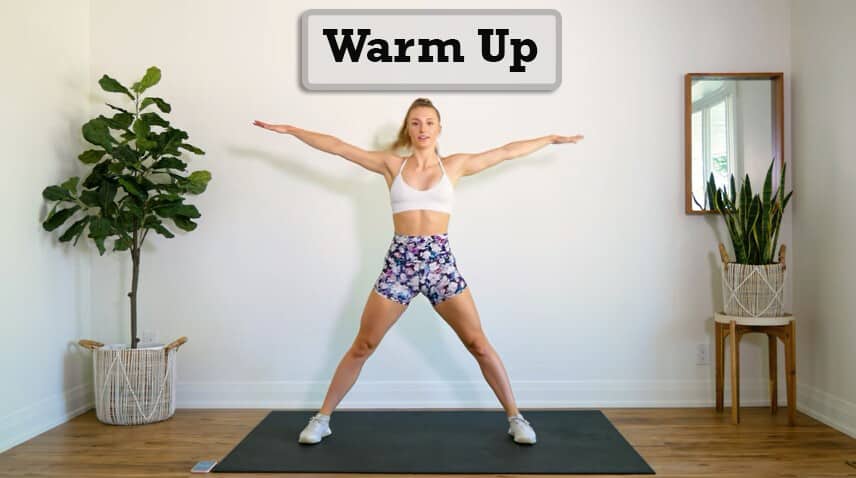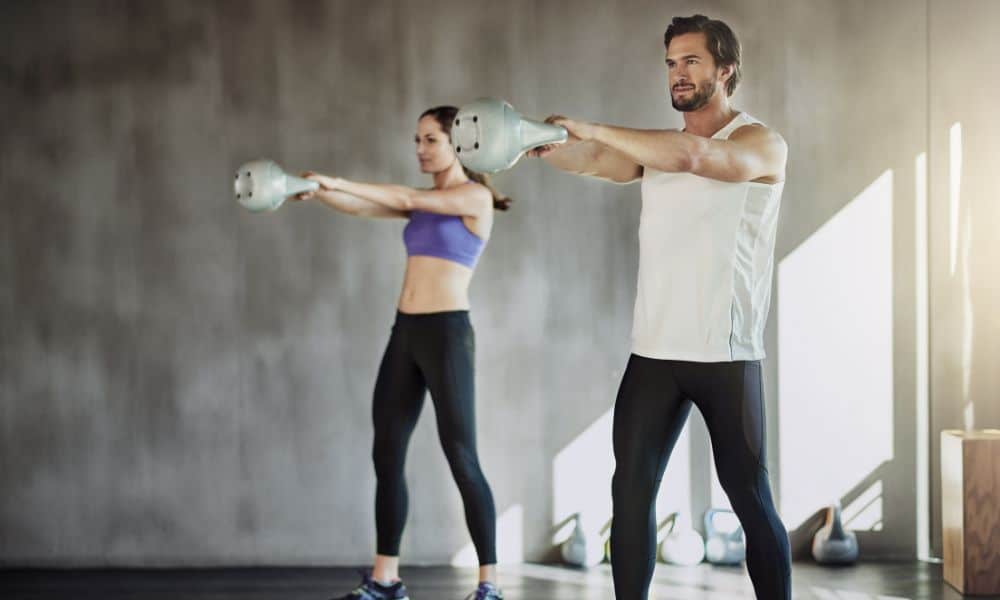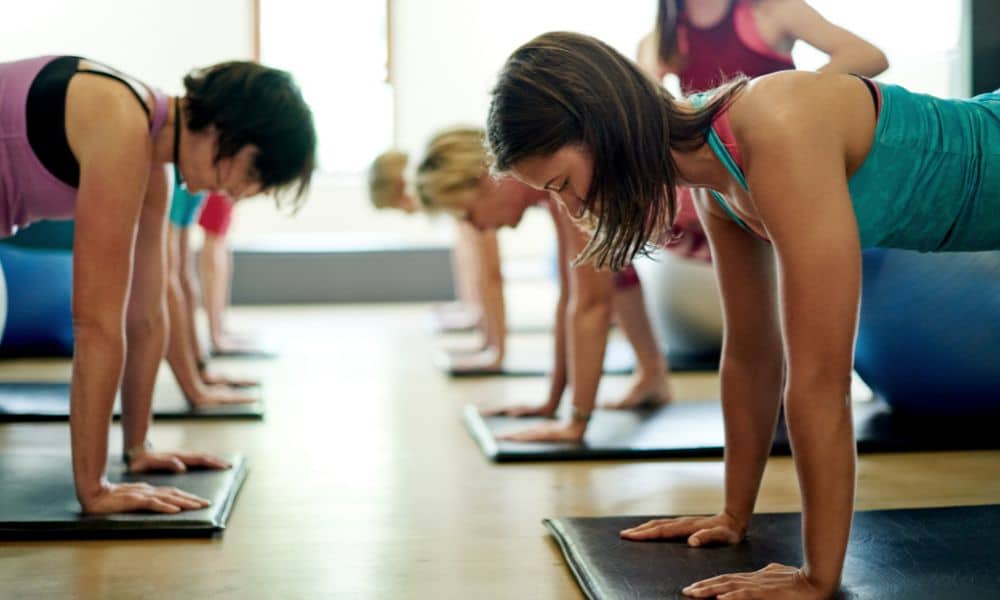What is the best full-body workout for beginners? A gym can be a pretty scary place if you are a newbie. The gym can intimidate you by surrounding you with people with rippling muscles lugging enormous weights. This will also be the first time you see those clanging machines that people used to exercise.
Don’t let that put you off. All seasoned gym-goers were newbies at once. They all went through the same feelings when they first went to the gym. It is normal to get confused and disconcerted initially, especially if you don’t know where and how to start.
We have designed this guide for precisely that reason. Our guide will help you understand what it takes to build muscle and establish a solid foundation with our 8-week full-body workout for beginners.
What it takes to build muscles and get fit
Before you start, it is essential to know how to build muscles and improve fitness. Learning the muscle-building and fitness process will make your fitness journey much more manageable. Unfortunately, far too many newbies hit the gym without this understanding and quit early. Here are the best tips for a full-body workout for beginners.

1. The importance of warming up
A proper warm-up will flood all your tissues with oxygen-rich blood and provide a safe full-body workout for beginners. It also helps lubricate your joints and prepares your muscles to handle the stress of a rigorous workout. There are many ways you can break a sweat and warm up. At home, a compact elliptical trainer will do the trick.
Ellipticals are exercise machines that help you boost cardio capacity and stamina. Increased cardio power and energy are essential to take your workout to the next level. You can do skipping, use a treadmill, or jog to warm up your body before a workout. Exercises such as jumping jacks, lunges, leg swings help you warm up.
2. Focus on major muscles rather than individual muscles
Most newbies focus only on their biceps or chest to look good. They neglect major muscle groups such as the chest, back, shoulders, quads, glutes, hamstrings, biceps, and triceps. To prevent muscle imbalance, muscle asymmetry, and injury, we should target the major muscle groups from the beginning. A full-body workout for beginners will also strengthen you quickly.
3. Neglecting the form
Most exercises involve unfamiliar movements and will challenge muscle coordination and balance. So, it is crucial to get your body used to movement patterns at the outset. Start with low weights and practice form until your body adjusts to the unfamiliar movements. After a few weeks of basic form training, you can move on to heavier weights. Focusing on form in a full-body workout for beginners gives you the best results.
4. Multi-joint exercises VS single-joint
We classify exercises into multi-joint and single-joint. Multi-joint activities involve two or more sets of joints to accomplish a lift. In a single-joint action, only one set of joints works. We recommend the newbies start with multi-joint moves so they can lift the far heavier weights.
A bench press is better because shoulders and elbow joints come into play. However, a barbell curve only involves the elbow joint. Include squats, deadlifts, shoulder press, and bench press in your workouts for the best results. A full-body workout for beginners requires you to use multi-joint exercises more than single-joint exercises.
5. Not doing multiple sets
Plenty of scientific research has pointed out that doing 3-4 sets of any exercise provides more results in resistance training. You can do a few warm-up sets and take on heavier weights for maximum benefit. In a full-body workout for beginners, multiple sets can help you get faster results.
6. Not lifting the right amount of weight
In resistance training, too heavy or too light is bad. In a full-body workout for beginners, the weight should be just right to allow you to complete 12 reps of an exercise. The last few reps must challenge, but you must complete them without losing form. The key here is to have the right amount of resistance to challenge you with no loss in form.
7. Strive to do more every time you workout
Progressive stimulus is the key to muscle growth and a full-body workout for beginners. Each time you exercise, do a little more to challenge your muscles. You can accomplish progressive overload with more reps or slightly higher weights. Never be content. Push yourselves all the time.

8. Recovery and diet
A full-body workout for beginners requires you to focus on recovery and your diet as well. Your muscles must recover after being challenged in a workout session. A 48 hours rest is a must for your muscles to recover and regenerate. Then, feed your muscles with essential nutrients to grow. In most cases, a balanced diet should do the trick. Specialized food is best left to the professionals.
The 8-week full-body workout for beginners
Now that we’ve dealt with building muscle, let’s look at a workout plan. Our 8-week beginner’s outline will give you a jump start.
- The following routine must target one major muscle group a day. Ensure you workout three times a week on non-consecutive days. For example- Monday, Wednesday, or Friday.
- 1st phase: Start by practicing form for the first two weeks. Then, use light weights and do additional sets to rehearse the motion. Focus on doing one exercise for each muscle group in a session.
- 2nd phase: In the third week, add another set. You’ll be strong enough to add a little more weight. After two warm-up sets, increase the weight slightly for the third. Accomplish all the reps without losing form. If you find it is too heavy, stop the final few reps before you lose form. The idea is to achieve muscle failure without losing form.
- 3rd phase: After four weeks, you’ll find that you are more vital than ever before, and your muscles are showing. Warm up with light weights and use a more challenging weight for the 3rd and 4th. Choose the weights carefully so that you can complete all the reps before reaching muscle failure.
- 4th phase: At the end of six weeks, you’ll find that you are much more robust and fitter. People will compliment you on your appearance. You’ll feel more energized and will have a spring on your step. For the next two weeks, challenge yourself by adding more weight and reps without sacrificing form. Progress on to barbells to challenge your leg and back muscles.
- At the end of 8 weeks, you’ve laid a solid foundation for advanced weight training.
Final thoughts on a full-body workout for beginners
All exercise needs patience and perseverance. It is essential not to break the routine by skipping sessions- a common newbie mistake. The results take time, but you’ll feel noticeably more robust and fitter after the initial few weeks. After each workout session, do some cooling down drills to aid muscle recovery and minimize post-workout aches.




